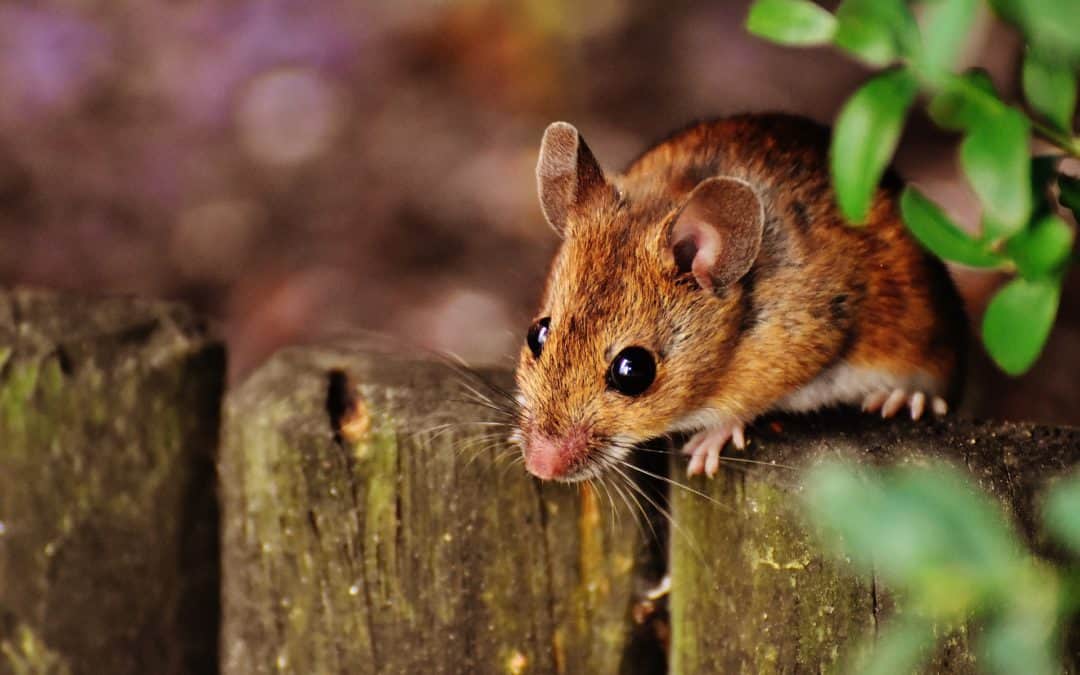In the wild, mice are somewhat harmless creatures. However, when they enter your home, these pests can cause a variety of problems. Mice can spread diseases, damage your home, and can become a serious pest problem. Before mice become a problem in your home, you’ll need to be able to recognize the signs of mice living in your home.
From droppings, tunnels, and the sound of small feet running around, there are a few telltale signs of mice that have taken up residence in your home. To learn more about these signs, keep reading below.
1. Droppings
Mice leave droppings and urine throughout the day, and you can often find these droppings wherever the mouse has been. One mouse might leave around 50 to 75 droppings each day. If you have an infestation, you may find these small pellets in your cabinets and around your appliances. Typically, the feces are dark-colored and pellet-shaped. The urine might leave stains as well. You might notice an odor when you have mice in your home. This odor may resemble the smell of ammonia, which can be very pungent when near a dropping area.
2. Tunnels in Your Home
Mice have healthy teeth, especially considering their relatively small size. They will chew through electrical wires, wood, plastic, food packaging, and other items. If they chew through the electrical wires, you might find yourself with a fire hazard on your hands. While they like to live in your walls, they might also go to warmer areas, such as near your appliances or in your attic. These areas might offer a more hospitable location. Because of this, you could find them near the dishwasher or the fridge.
The mice will create a tunnel or hole around an inch across to get to food and move around. The tunnel entrances are around the size of a golf ball, and you should look for them in the insulation. If you find holes, there might be a mouse tunneling through. In that case, you will want to know how to get rid of mice in the walls.
3. Scurrying Sounds
You can often hear mice scurrying around late at night or early in the morning since the house is usually quieter at those times. Also, mice are more active at this time because they are nocturnal. You might hear scurrying or scratching in the walls, vents, or ceilings. Depending on where the mice are, the sounds might sound louder than they are. You could mistake them for squirrels, raccoons, or other larger animals. If you hear a sound, tap your hand on a nearby wall and listen. If the noise stops and then begins again shortly, you might have a mouse.
Mice are great at climbing or jumping, and they can move through a small opening, even if it is not as large as the mouse’s body. The mouse might use the space between your home’s joists to move around your home.
4. Shredded Things in Your Home
Mice love to shred things to make a nest. They will look for material that is high in fiber, such as insulation, cushions, paper, and clothing. If you find shredded materials, you might have a mouse problem. That is especially true if you find the shredding in darker areas or places you don’t use that much.
You might notice that your bedding or insulation has been shredded, as well. You could find the shredding in storage boxes, drawers, or cabinets. The mouse might try to chew a hole in a cabinet or furniture and then fill that space with shredded things.
5. Paths Left by Mice
Mice enjoy chewing, and they will look for food, such as birdseed, pet food, or containers in your pantry. You may notice there are teeth marks on your food bags or boxes. You may find there are many seed hulls, crumbs, or debris in the pantry. Or you might notice them near the place the mouse built the nest. If you find signs of a mouse feasting in your home, you will want to get rid of the possibly contaminated food to avoid diseases.
Another thing you might notice is a path of smudges along your baseboards or flooring. Mice usually run against the walls since they tend to offer more protection. Mice will usually follow a similar path during the night. Their feet and fur can create a path of dirt that leaves smudging or streaking along your walls. You might find there are droppings or some urine along that path, as well. And, of course, there might be bite marks along the walls or electrical wiring in the same area. Their teeth continually grow, so mice need to wear them down by gnawing.
If you think there is a mouse infestation in your home, you will want to deal with it right away. You might consider getting some mouse traps or setting some bait around your home. You can also consider calling a pest control company if the problem is serious or you don’t want to handle it yourself. Natural pest control options may also be an option. Whatever you choose to do, act fast — mice can cause a lot of damage and can be difficult to eradicate once they enter your home.

Recent Comments